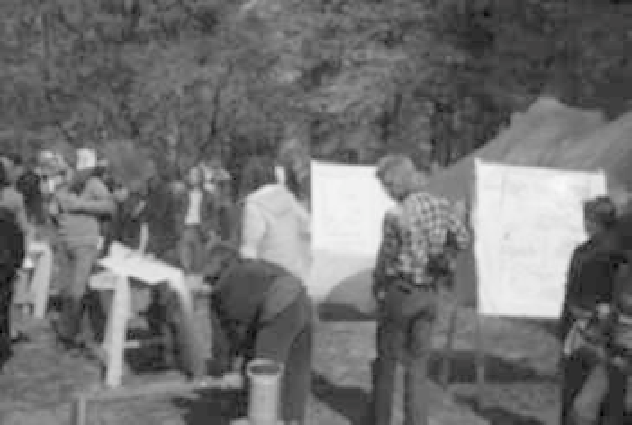Environmental Engineering Reference
In-Depth Information
came in from self-builders around the country, and soon the first
10 rotors were up and running.
One of the very important early customers was Herborg
Vindkraft. Owner Karl Erik Jørgensen was a “devil-may-care”
inventor and entrepreneur, who devoted everything that he and
his family had to the development of his wind turbines. He received
good help from the young student Henrik Stiesdal from a nearby
village. Henrik was very smart, innovative and able to quickly
make the needed calculations and improve the design.
Figure 8.5
Gathering of the grassroots people in summer 1978. To the
left, my new blade; to the right, Henrik Stiesdal carrying his
sailwing blade.
On 1 July 1978 I delivered the first set of 5 m blades to Karl
Erik. He quickly got the turbine up and running; everything looked
prosperous. Only one month later, on 2 September Karl Erik's new
turbine had a runaway in a storm. The hub disintegrated and the
blades flew in three directions. Two weeks later, yet another of my
customers: blacksmith Krogh of Stoholm sufered a fatal runaway
in another storm. The turbine was totally destroyed.
After these accidents it was not easy to sleep during windy nights:
what could happen if more blades broke? I stopped the production
and began designing an airbrake system. My first intention was to
copy the tip-parachute system that was used as an airbrake on the
Tvind megawatt turbine. However, a wise self-builder of the Fouslet


Search WWH ::

Custom Search